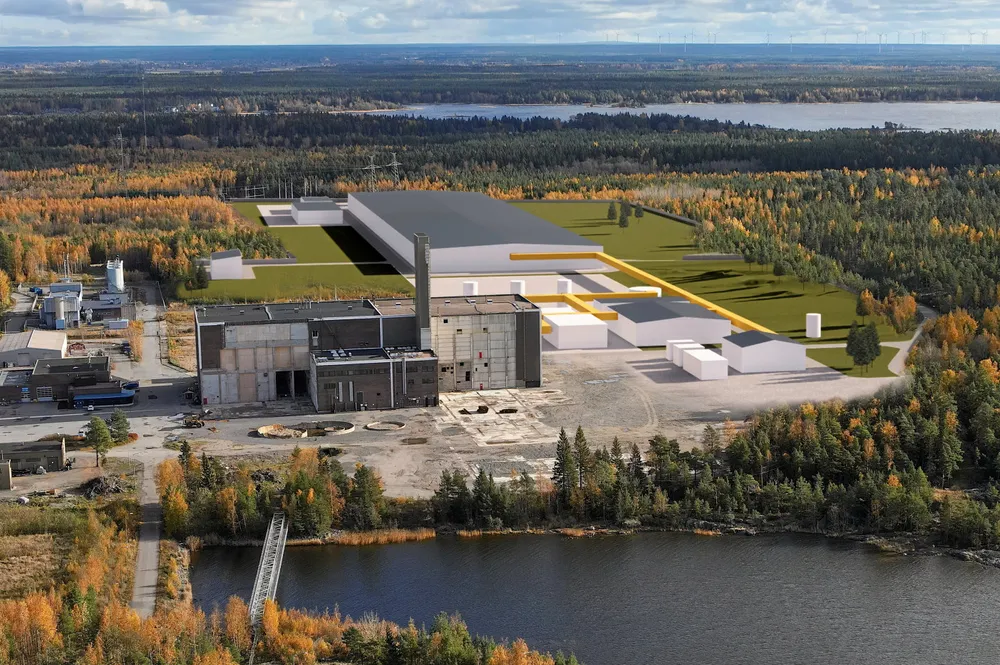INTERVIEW | This is why we're producing e-methane from green hydrogen, even though it's so inefficient
Backers of 200MW Finnish Power-to-X project believe that it can capitalise on Germany’s enthusiasm for alternative transport fuels

Backers of 200MW Finnish Power-to-X project believe that it can capitalise on Germany’s enthusiasm for alternative transport fuels
